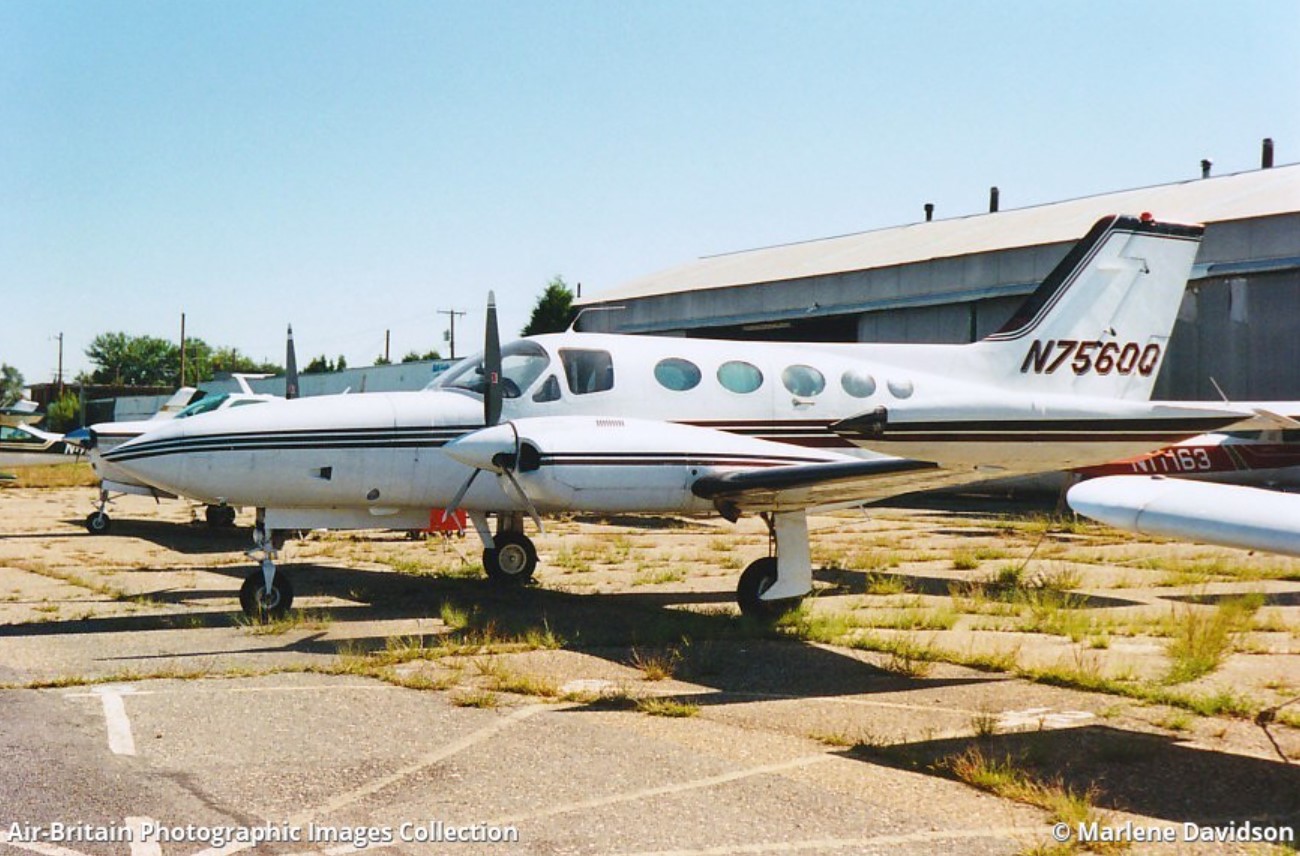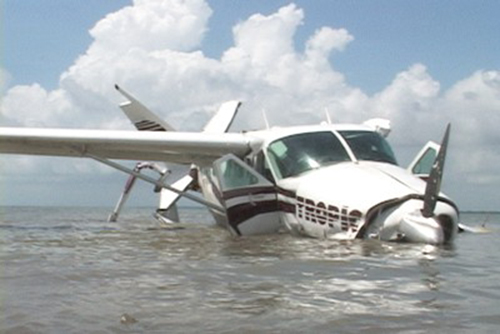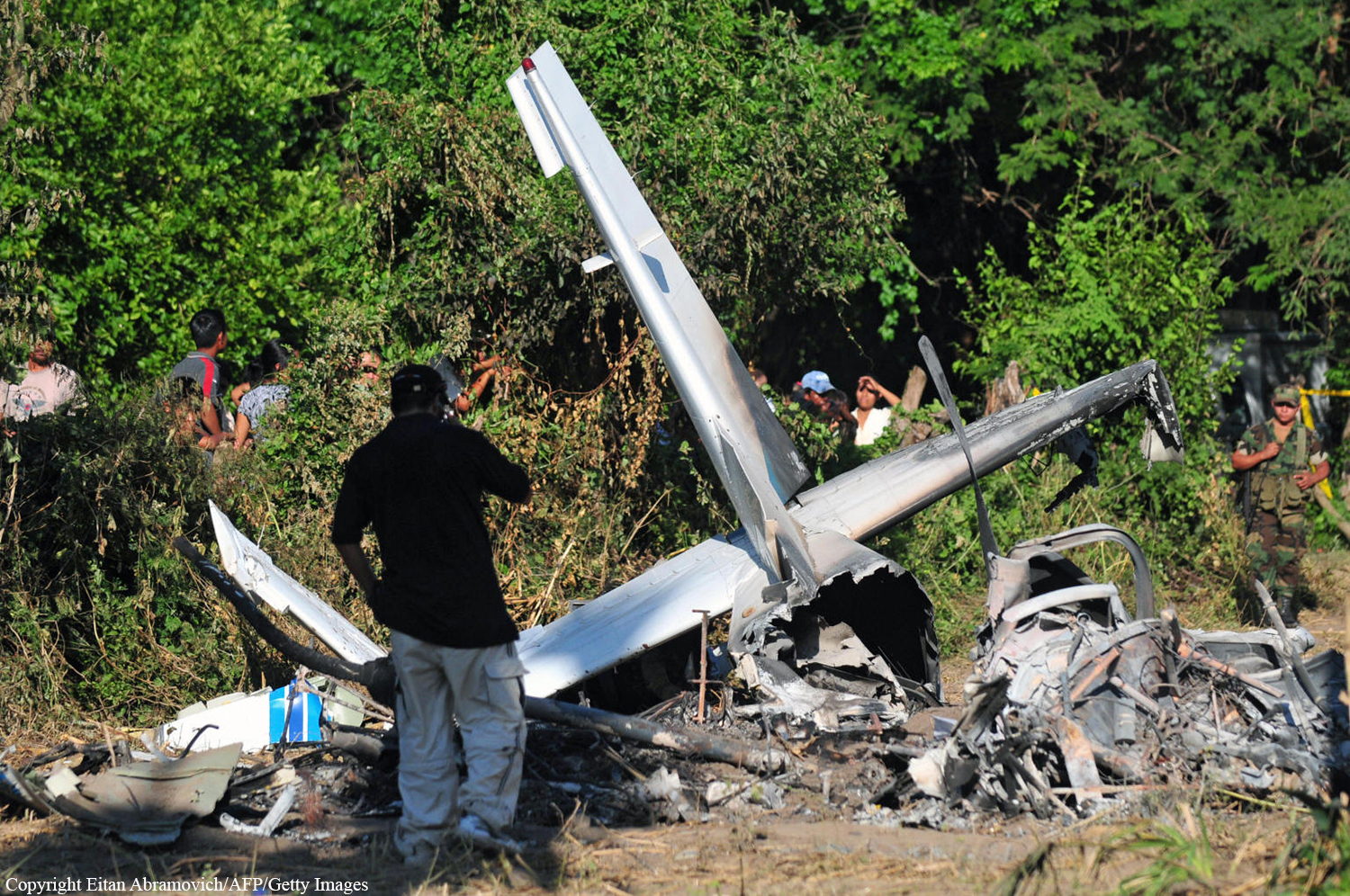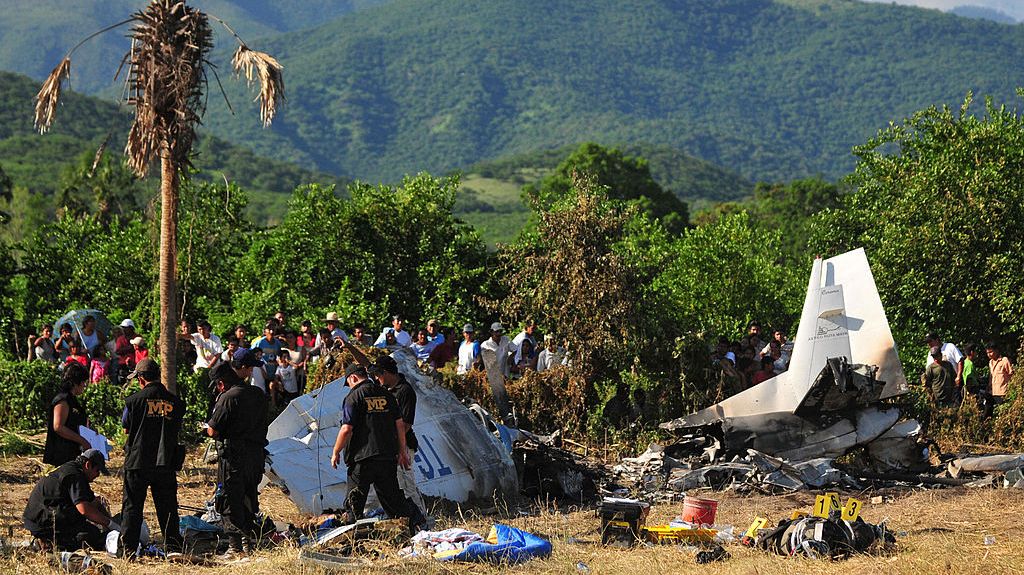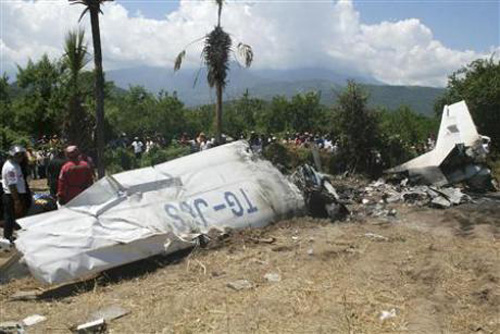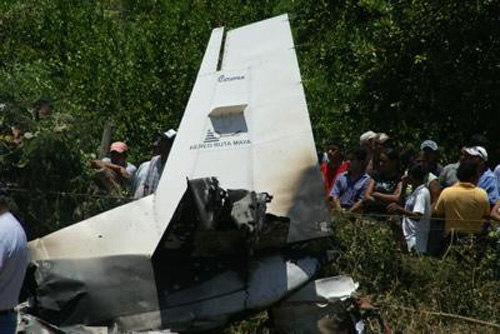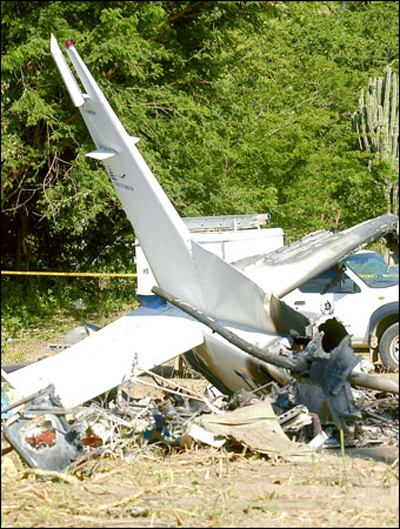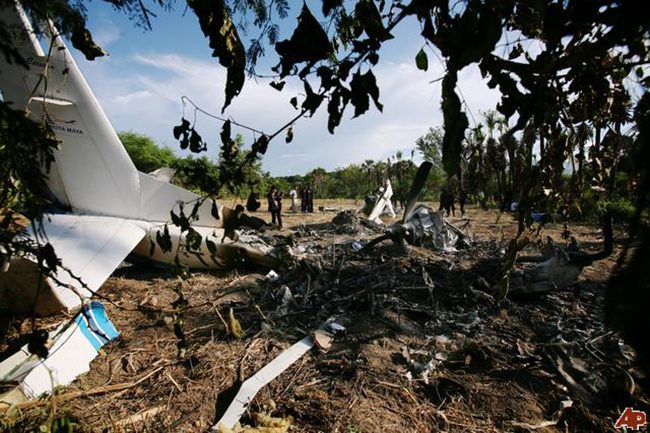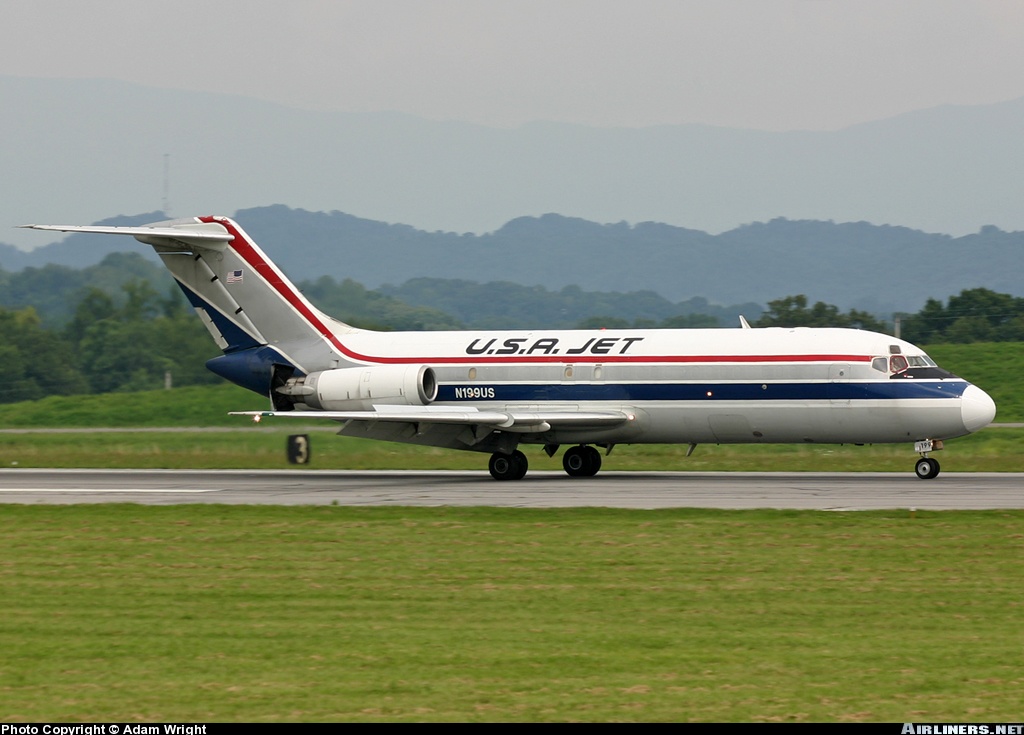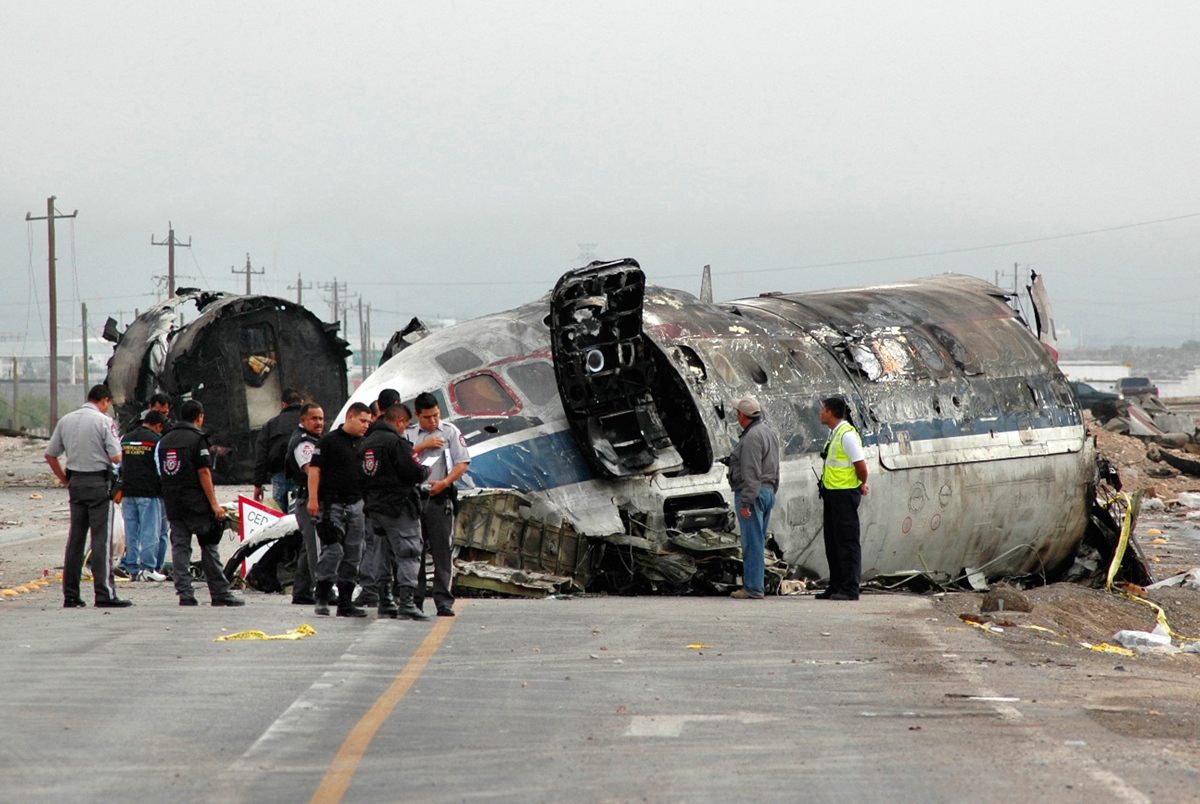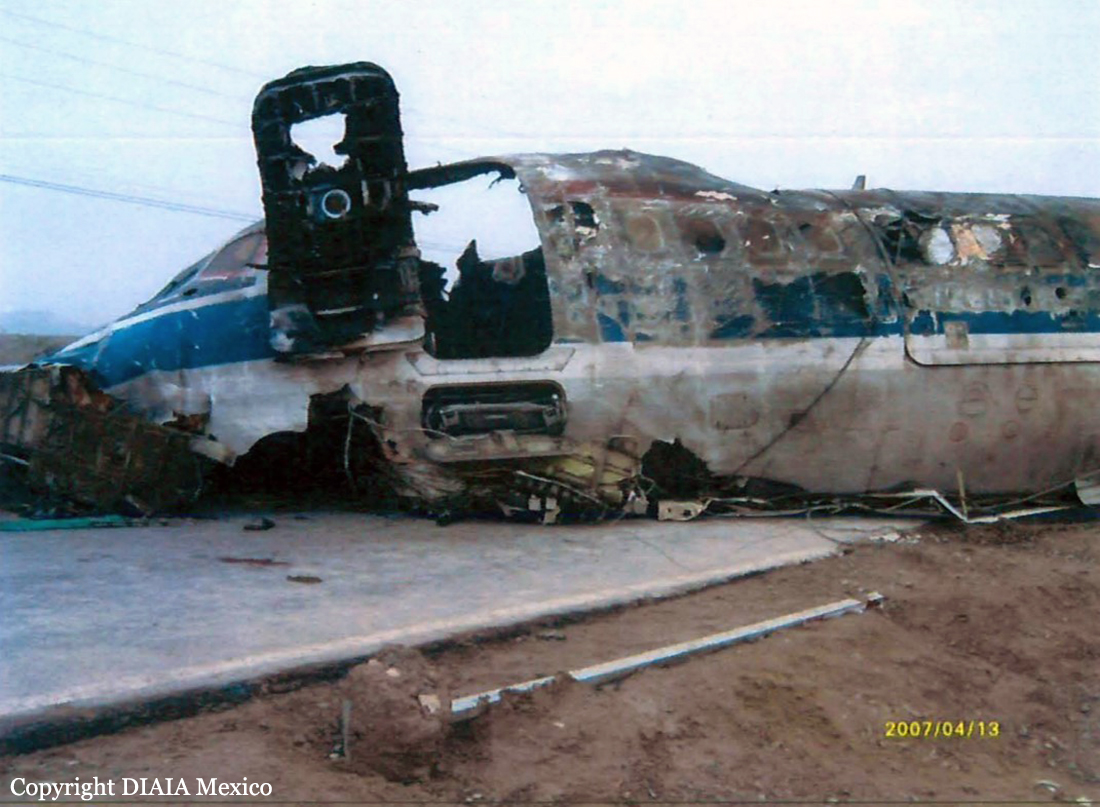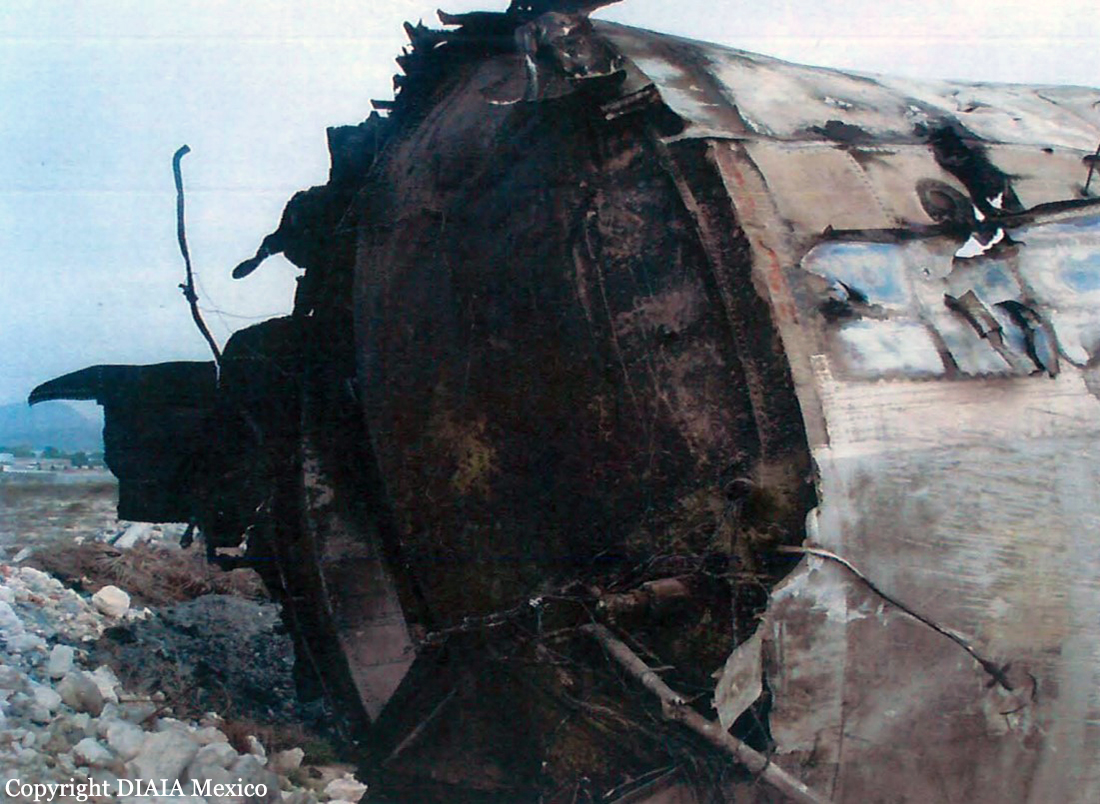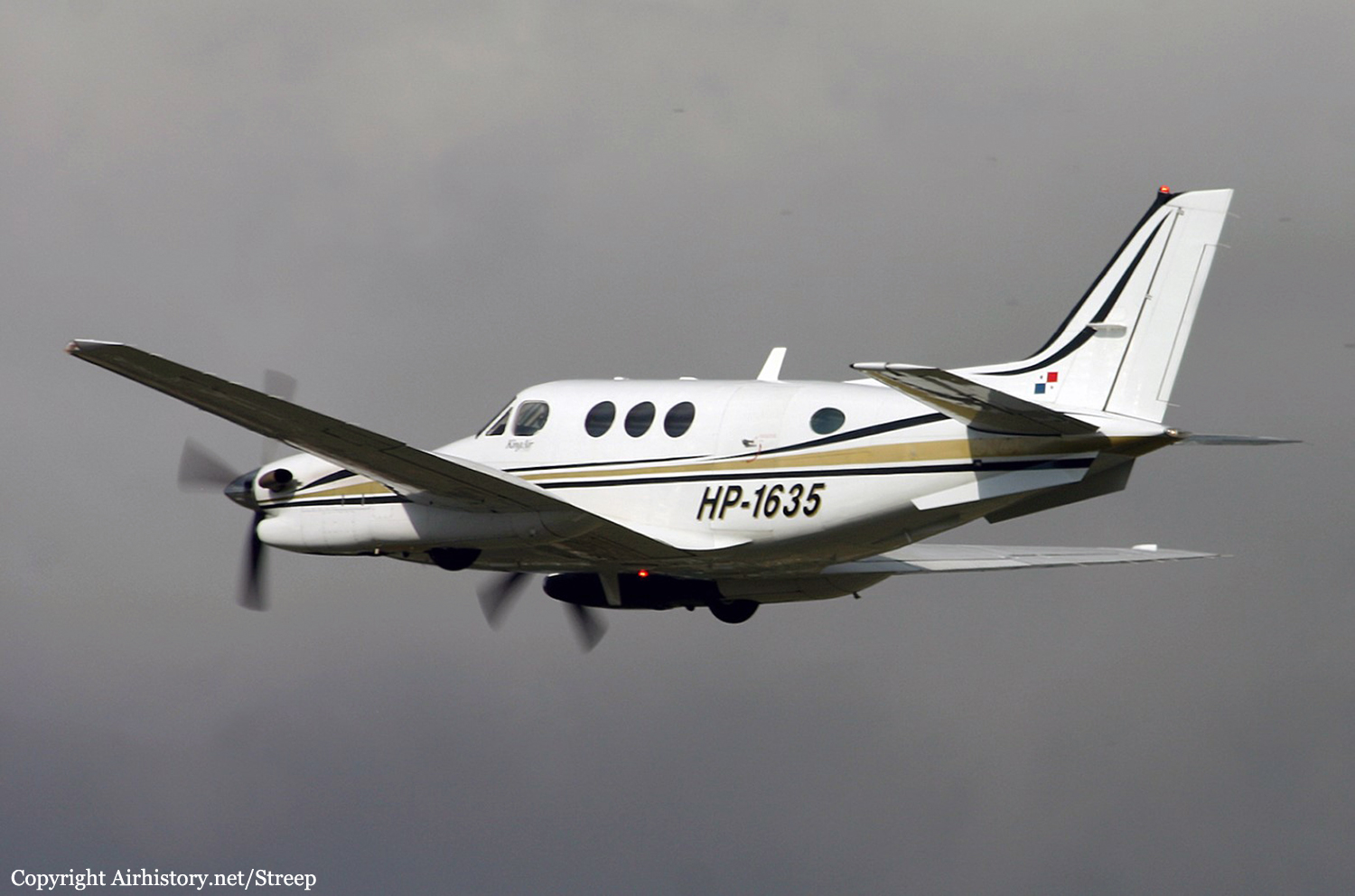Crash of a Cessna 421 Golden Eagle in Oaxaca: 2 killed
Date & Time:
Oct 6, 2008
Registration:
XB-KWG
Survivors:
No
Schedule:
Oaxaca – Bahias de Huatulco
Crew on board:
1
Crew fatalities:
Pax on board:
1
Pax fatalities:
Other fatalities:
Total fatalities:
2
Circumstances:
Shortly after take off from Oaxaca Airport runway 19, while in initial climb, the pilot informed ATC about an engine fire and elected to return for an emergency. Following a turn to runway 02, the pilot was informed about the presence of a Mexicana Fokker 100 that lined up and was waiting for takeoff clearance. The Cessna pilot made a 360 turn when the aircraft stalled and crashed short of runway, bursting into flames. Both occupants were killed.


